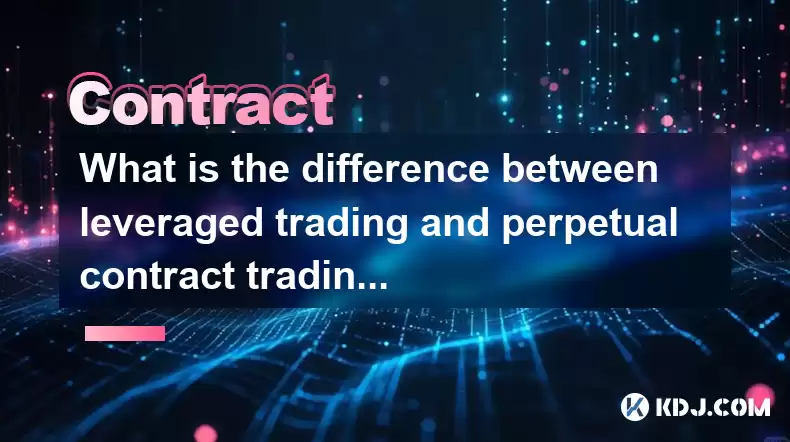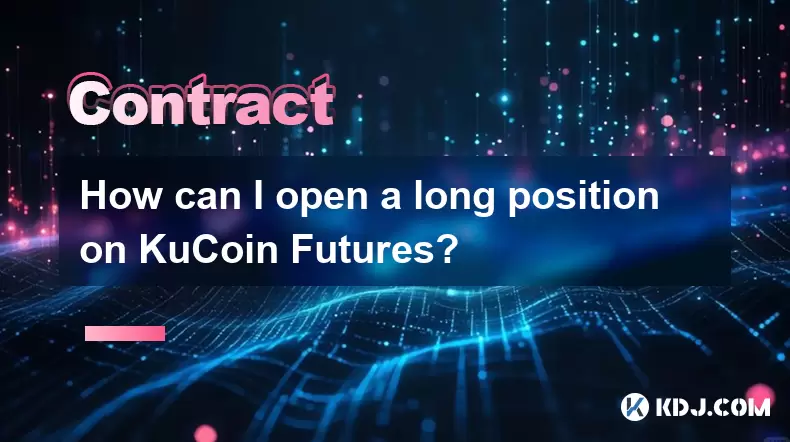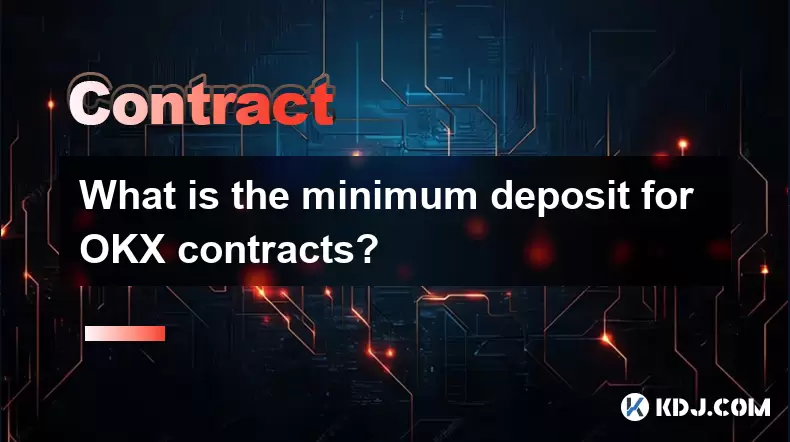-
 Bitcoin
Bitcoin $116700
0.24% -
 Ethereum
Ethereum $3973
4.34% -
 XRP
XRP $3.283
7.68% -
 Tether USDt
Tether USDt $1.000
0.01% -
 BNB
BNB $789.8
2.27% -
 Solana
Solana $176.2
3.31% -
 USDC
USDC $0.9999
0.00% -
 Dogecoin
Dogecoin $0.2238
5.14% -
 TRON
TRON $0.3389
-0.51% -
 Cardano
Cardano $0.7907
4.03% -
 Stellar
Stellar $0.4527
10.02% -
 Hyperliquid
Hyperliquid $41.07
4.27% -
 Sui
Sui $3.794
1.77% -
 Chainlink
Chainlink $19.49
10.40% -
 Bitcoin Cash
Bitcoin Cash $580.9
0.74% -
 Hedera
Hedera $0.2617
4.32% -
 Avalanche
Avalanche $23.41
3.67% -
 Ethena USDe
Ethena USDe $1.001
-0.03% -
 Litecoin
Litecoin $122.4
1.38% -
 Toncoin
Toncoin $3.364
1.49% -
 UNUS SED LEO
UNUS SED LEO $8.988
0.37% -
 Shiba Inu
Shiba Inu $0.00001295
2.82% -
 Uniswap
Uniswap $10.62
5.75% -
 Polkadot
Polkadot $3.922
4.46% -
 Dai
Dai $1.000
0.01% -
 Bitget Token
Bitget Token $4.494
2.15% -
 Monero
Monero $268.0
-1.30% -
 Cronos
Cronos $0.1523
3.68% -
 Pepe
Pepe $0.00001127
4.43% -
 Aave
Aave $285.4
4.85%
What is the difference between leveraged trading and perpetual contract trading?
Leveraged trading uses borrowed funds to amplify potential returns, while perpetual contracts mimic asset prices without expiration, using a funding rate to align prices.
Apr 07, 2025 at 09:21 am

Leveraged trading and perpetual contract trading are two popular methods used in the cryptocurrency market to potentially amplify profits. While they share some similarities, they also have distinct differences that traders should understand before engaging in these types of trading.
Leveraged trading involves borrowing funds to increase the potential return on an investment. In the context of cryptocurrencies, this means traders can use borrowed capital to buy more of a digital asset than they could with their own funds alone. The leverage ratio determines how much a trader can borrow relative to their initial investment. For example, with a 10x leverage, a trader can control a position worth ten times their initial capital.
Perpetual contract trading, on the other hand, is a type of futures contract that does not have an expiration date. These contracts are designed to mimic the price movements of the underlying asset, allowing traders to speculate on the future price of a cryptocurrency without actually owning it. Perpetual contracts often include a funding rate mechanism, which helps to keep the contract price aligned with the spot price of the asset.
Key Differences Between Leveraged Trading and Perpetual Contract Trading
One of the primary differences between leveraged trading and perpetual contract trading is the nature of the instruments themselves. Leveraged trading typically involves trading on margin, where traders borrow funds to increase their position size. In contrast, perpetual contracts are derivative instruments that allow traders to speculate on price movements without owning the underlying asset.
Another key difference is the presence of a funding rate in perpetual contracts. This mechanism requires traders to pay or receive periodic payments based on the difference between the perpetual contract price and the spot price of the underlying asset. This funding rate helps to ensure that the perpetual contract price remains closely aligned with the spot price. In leveraged trading, there is no such mechanism, and the focus is solely on the borrowed funds and the potential returns.
The risk profiles of these two types of trading also differ. Leveraged trading can lead to significant losses if the market moves against the trader's position, as the borrowed funds must be repaid regardless of the outcome. Perpetual contract trading, while also risky, allows traders to close their positions at any time without the obligation to settle the contract at a specific date, which can provide more flexibility in managing risk.
How Leveraged Trading Works
Leveraged trading in the cryptocurrency market involves using borrowed funds to increase the size of a trading position. Here's how it typically works:
- Choose a Leverage Ratio: Traders select a leverage ratio, such as 2x, 5x, or 10x, which determines how much they can borrow relative to their initial investment.
- Open a Position: Using the borrowed funds, traders can open a larger position than they could with their own capital alone.
- Monitor the Market: Traders must closely monitor the market, as price movements can significantly impact their position due to the leverage.
- Manage Risk: To manage risk, traders may use stop-loss orders or other risk management tools to limit potential losses.
- Close the Position: When ready, traders can close their position, either at a profit or a loss. If the position is profitable, the trader repays the borrowed funds and keeps the profit. If the position results in a loss, the trader must still repay the borrowed funds, which can lead to significant losses.
How Perpetual Contract Trading Works
Perpetual contract trading involves trading derivative instruments that mimic the price movements of an underlying cryptocurrency without an expiration date. Here's how it typically works:
- Select a Perpetual Contract: Traders choose a perpetual contract for a specific cryptocurrency, such as Bitcoin or Ethereum.
- Open a Position: Traders can open a long or short position based on their prediction of the future price movement of the underlying asset.
- Monitor the Funding Rate: Traders must be aware of the funding rate, which is periodically paid or received based on the difference between the perpetual contract price and the spot price.
- Manage Risk: Similar to leveraged trading, traders can use risk management tools like stop-loss orders to limit potential losses.
- Close the Position: Traders can close their position at any time, without the need to settle the contract at a specific date. The profit or loss is determined by the difference between the entry and exit prices of the contract.
Advantages and Disadvantages of Leveraged Trading
Leveraged trading offers several advantages for cryptocurrency traders. One of the main benefits is the potential for higher returns. By using borrowed funds, traders can amplify their profits if the market moves in their favor. Additionally, leveraged trading allows traders to take larger positions with less capital, which can be appealing for those looking to maximize their trading opportunities.
However, leveraged trading also comes with significant risks. The use of borrowed funds means that losses can be magnified, potentially leading to substantial financial losses. If the market moves against the trader's position, they may face a margin call, requiring them to deposit additional funds or close their position at a loss. Furthermore, the interest on borrowed funds can add to the overall cost of trading, reducing potential profits.
Advantages and Disadvantages of Perpetual Contract Trading
Perpetual contract trading offers several advantages for cryptocurrency traders. One of the main benefits is the flexibility it provides. Since perpetual contracts do not have an expiration date, traders can hold their positions for as long as they wish, allowing them to take advantage of long-term price movements. Additionally, the funding rate mechanism helps to keep the contract price aligned with the spot price, reducing the risk of significant price discrepancies.
However, perpetual contract trading also has its disadvantages. The funding rate can be a double-edged sword, as traders may have to pay or receive periodic payments, which can impact their overall profitability. Additionally, while perpetual contracts offer flexibility, they can also be complex instruments that require a good understanding of the underlying mechanics and risks. Traders must be aware of the potential for significant losses if the market moves against their position.
Choosing Between Leveraged Trading and Perpetual Contract Trading
When deciding between leveraged trading and perpetual contract trading, traders should consider their risk tolerance, trading goals, and understanding of the instruments. Leveraged trading may be more suitable for those looking to amplify their returns and are comfortable with the potential for significant losses. On the other hand, perpetual contract trading may be more appealing for traders who value flexibility and are willing to navigate the complexities of the funding rate mechanism.
Ultimately, both types of trading require careful risk management and a thorough understanding of the market. Traders should educate themselves on the mechanics of each instrument and consider using demo accounts or starting with small positions to gain experience before committing significant capital.
Common Questions Related to Leveraged Trading and Perpetual Contract Trading
Q: What is the main difference between leveraged trading and perpetual contract trading?
A: The main difference is that leveraged trading involves borrowing funds to increase the size of a trading position, while perpetual contract trading involves trading derivative instruments that mimic the price movements of an underlying asset without an expiration date. Leveraged trading focuses on the use of borrowed funds, while perpetual contracts include a funding rate mechanism to align the contract price with the spot price.
Q: Can you lose more than your initial investment in leveraged trading?
A: Yes, in leveraged trading, you can lose more than your initial investment. Since you are borrowing funds to increase your position size, if the market moves against your position, you may face a margin call and be required to deposit additional funds or close your position at a loss, potentially resulting in losses greater than your initial capital.
Q: How does the funding rate work in perpetual contract trading?
A: The funding rate in perpetual contract trading is a periodic payment that traders either pay or receive based on the difference between the perpetual contract price and the spot price of the underlying asset. If the contract price is higher than the spot price, long position holders pay short position holders. Conversely, if the contract price is lower than the spot price, short position holders pay long position holders. This mechanism helps to keep the contract price aligned with the spot price.
Q: Is perpetual contract trading more suitable for long-term trading?
A: Perpetual contract trading can be suitable for long-term trading due to the absence of an expiration date. Traders can hold their positions for as long as they wish, allowing them to take advantage of long-term price movements. However, traders must be aware of the funding rate, which can impact their overall profitability over time.
Q: What are some risk management strategies for leveraged trading and perpetual contract trading?
A: Some risk management strategies for both types of trading include:
- Using stop-loss orders to limit potential losses.
- Diversifying your trading portfolio to spread risk.
- Starting with small positions to gain experience before committing significant capital.
- Regularly monitoring the market and adjusting your positions as needed.
- Educating yourself on the mechanics and risks of the instruments you are trading.
Disclaimer:info@kdj.com
The information provided is not trading advice. kdj.com does not assume any responsibility for any investments made based on the information provided in this article. Cryptocurrencies are highly volatile and it is highly recommended that you invest with caution after thorough research!
If you believe that the content used on this website infringes your copyright, please contact us immediately (info@kdj.com) and we will delete it promptly.
- Bitcoin, Litecoin, and Avalanche: Decoding the Crypto Buzz in the Big Apple
- 2025-08-09 00:30:12
- Pengu Takes Flight: Can This Solana Meme Coin Conquer the Top 3?
- 2025-08-09 00:50:13
- Coinbase's Big Bet: DEX Trading and the Everything App Vision
- 2025-08-09 01:30:12
- Ethereum and Shiba Inu: Navigating the Bull Move
- 2025-08-09 00:35:12
- Dogecoin, AI Coins, and CMC Listings: What's Hot and What's Not
- 2025-08-09 01:35:51
- Navigating the Crypto Market in 2025: Smart Decisions for Meme Coin Investing
- 2025-08-09 00:55:55
Related knowledge

What is the difference between realized and unrealized PNL on KuCoin?
Aug 09,2025 at 01:49am
Understanding Realized and Unrealized PNL on KuCoinWhen trading on KuCoin, especially in futures and perpetual contracts, understanding the distinctio...

What is the distinction between mark price and last price on KuCoin?
Aug 08,2025 at 01:58pm
Understanding the Basics of Price in Cryptocurrency TradingIn cryptocurrency exchanges like KuCoin, two key price indicators frequently appear on trad...

What are the specific maker and taker fees on KuCoin Futures?
Aug 08,2025 at 08:28am
Understanding Maker and Taker Fees on KuCoin FuturesWhen trading on KuCoin Futures, users encounter two primary types of fees: maker fees and taker fe...

How can I open a long position on KuCoin Futures?
Aug 09,2025 at 02:07am
Understanding KuCoin Futures and Long PositionsOpening a long position on KuCoin Futures means you are speculating that the price of a cryptocurrency ...

What is the maximum leverage available on KuCoin Futures?
Aug 08,2025 at 10:21am
Understanding Leverage in KuCoin Futures TradingLeverage in KuCoin Futures allows traders to control a larger position size using a smaller amount of ...

What is the minimum deposit for OKX contracts?
Aug 08,2025 at 07:00am
Understanding OKX Contract Trading BasicsOKX is one of the leading cryptocurrency derivatives exchanges, offering a wide range of perpetual and future...

What is the difference between realized and unrealized PNL on KuCoin?
Aug 09,2025 at 01:49am
Understanding Realized and Unrealized PNL on KuCoinWhen trading on KuCoin, especially in futures and perpetual contracts, understanding the distinctio...

What is the distinction between mark price and last price on KuCoin?
Aug 08,2025 at 01:58pm
Understanding the Basics of Price in Cryptocurrency TradingIn cryptocurrency exchanges like KuCoin, two key price indicators frequently appear on trad...

What are the specific maker and taker fees on KuCoin Futures?
Aug 08,2025 at 08:28am
Understanding Maker and Taker Fees on KuCoin FuturesWhen trading on KuCoin Futures, users encounter two primary types of fees: maker fees and taker fe...

How can I open a long position on KuCoin Futures?
Aug 09,2025 at 02:07am
Understanding KuCoin Futures and Long PositionsOpening a long position on KuCoin Futures means you are speculating that the price of a cryptocurrency ...

What is the maximum leverage available on KuCoin Futures?
Aug 08,2025 at 10:21am
Understanding Leverage in KuCoin Futures TradingLeverage in KuCoin Futures allows traders to control a larger position size using a smaller amount of ...

What is the minimum deposit for OKX contracts?
Aug 08,2025 at 07:00am
Understanding OKX Contract Trading BasicsOKX is one of the leading cryptocurrency derivatives exchanges, offering a wide range of perpetual and future...
See all articles

























































































